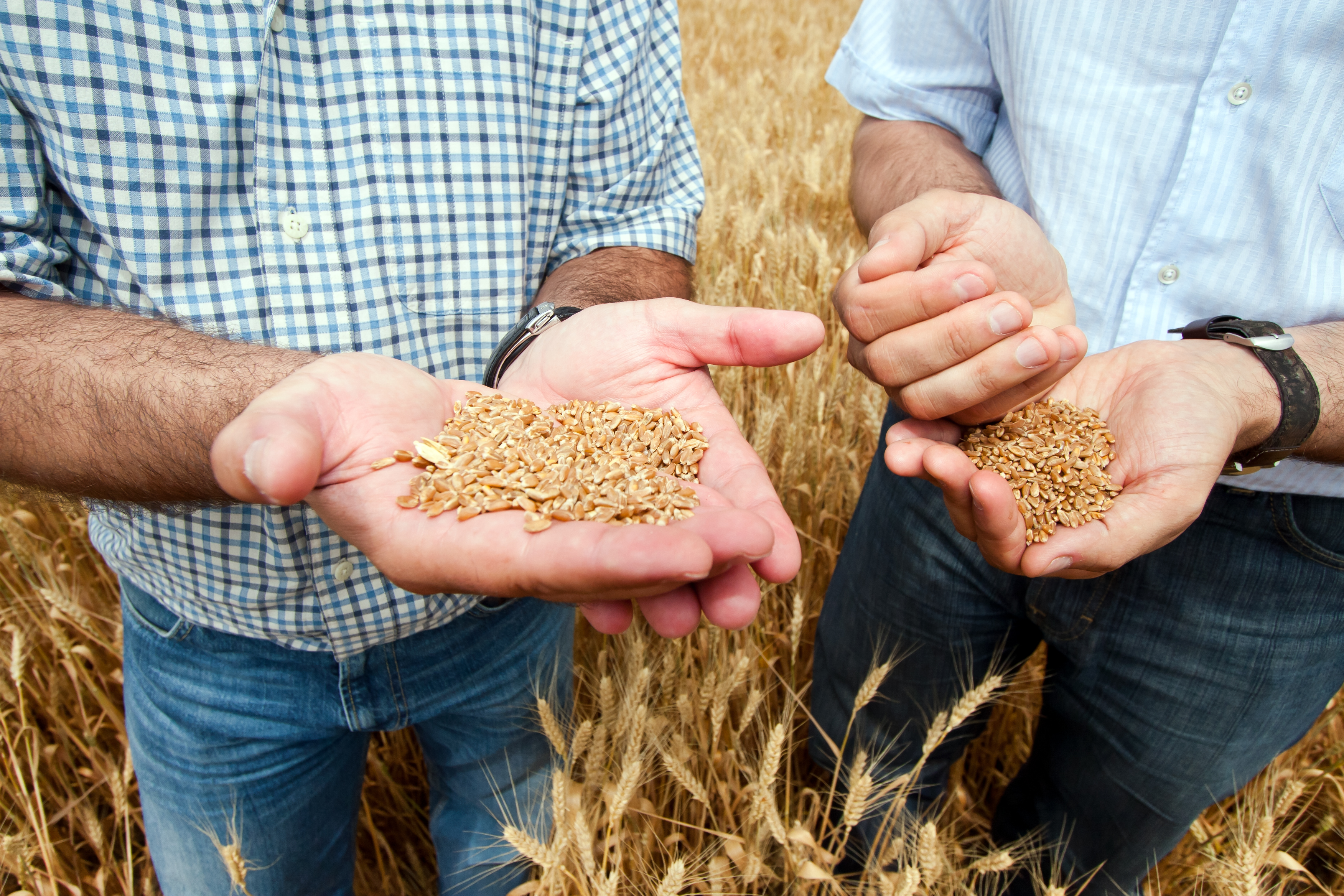Week Beginning 5th December 2016
Posted by Anderson Grain Marketing on Dec 7, 2016 in AGM News | 0 comments
The London LIFFE wheat future for January 2017 closed at £136.95/T on Friday evening (2nd December) – £3.80/T lower than the week previous. In opening trade this morning, the future was valued a further £4.50/T lower.
As the governments appeal over Brexit Powers gets underway in a hearing within the Supreme Court, the value of the Euro has weakened to 1.1865 against the pound this morning after topping 1.20 towards the end of last week. Although this may seem like a minor adjustment, the grain markets appear to be playing “catch up” with the events of the last fortnight or so, hence the significant dip in market values.
Feed wheat for spot collection (pre-Christmas) is currently valued in the region of £135.00/T – £137.00/T ex-farm. Further forward, £140.00/T currently looks like a realistic offer for April/May collection. As for feed barley, values are unchanged at £120.00/T ex-farm for collection into the New Year.
The ADAS Arable Crop Report for Autumn 2016 was released on Friday evening and for those of you who wish to read the report in full, it is now available to view via the ADAS website:
According to the report, “most winter wheat crops were drilled into good seed beds with adequate moisture for good establishment. By the end of November, most crops were undergoing seedling growth whilst some more forward crops were at the early tillering stage”. I would say this is very typical of our region – in some cases seed beds were excellent and encouraged growers to alter their rotation in order to take advantage of the situation. “Overall weed control was good, with the mild and dry autumn allowing full herbicide programs to be applied on time. Black Grass dormancy was high and Black Grass emergency was also delayed due to the dry conditions”.
As for winter barley, the majority of crops were in the ground by the end of September and most had tillered by the end of November. This is certainly the case locally – many growers welcomed the recent cooler temperatures as the crop flew through its early development stages.
According to the report, there are some notable differences amongst OSR crops and whilst the majority of crops established well in the west of the UK, the same cannot be said for crops in the East. Farms in Essex, Hertforshire and Cambridge have all suffered with dry OSR seedbeds which brought slow emergence and establishment. Total failures were reported on a number of farms, particularly if cabbage stem flea beetle were active. The HGCA added that “were these losses did occur, some fields were re-drilled as winter OSR, some were re-drilled with other winter crops (mostly wheat) and others were left fallow with a potential to plant spring crops. Crop abandonment in the East is said to be a contributing factor to the projected 4% decline to the total UK OSR area for harvest 2017”.
Locally, despite some initially severe slug problems, OSR crops look extremely well. Weed control is good, light leaf spot levels are low and most crops are going into winter in a very good condition with large canopies.
OSR values have kept relatively buoyant over the last week despite the increased currency pressures. Old crop OSR for collection pre Christmas is currently valued in the region of £345.00/T ex-farm and movement further forward into the New Year is offering a minimal premium – June collection is only offering an additional £3.00/T.
Imports into the EU from Australia are beginning to gather pace; only a small amount is destined for the UK and fortunately the majority of the tonnage is destined further South of the UK, we aren’t expecting anything into Liverpool until at least February. This could be a good thing for sellers in the short term.
